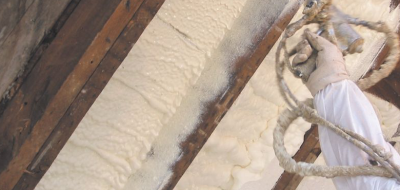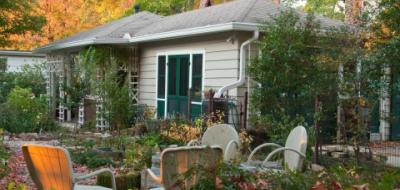Environmentally friendly high performance.
Blown cellulose has come into increasing favor among green builders and building energy efficiency experts. Made from recycled newspaper, it is an earth-friendly insulation solution that is also safe to have in your house (no harmful chemicals, such as formaldehyde, that are typical of other insulation types). Because cellulose is blown into cavities rather than installed in batt form, it is far less likely to have gaps and air leaks around the edges. This means that you get consistent high performance for a cozier and more energy-efficient home.
Double duty: fire retardant.
Cellulose is treated with borate, which is highly effective at slowing down the spread of fires. A house that is insulated with blown cellulose handles fire hazards better than a non-insulated house.
FAQS
What, exactly, is an R-value?
For the non-nerdy types, R-value is simply the measure of how insulative a material is. The higher the number, the more insulative the material. For the nerds out there (we love you!), R-value is the ratio of temperature difference across an insulator and the heat flux through it:
I already have fiberglass batts in my attic. Isn’t that good enough?
Unfortunately, fiberglass batts almost always provide inconsistent insulative properties. In other words, those areas near the center of the batts might be well insulated, but the areas near the edge (often against joists) usually aren’t. Blown cellulose, on the other hand, provides a thicker and constant layer of insulation.
We tend to use a thickness that has an R-value of 49, as opposed to fiberglass batts' R-value of 19.
Common Issues We Solve

We spend an immense amount of time (almost 90%) in our built environment, whether that be our homes, workplaces or schools.


